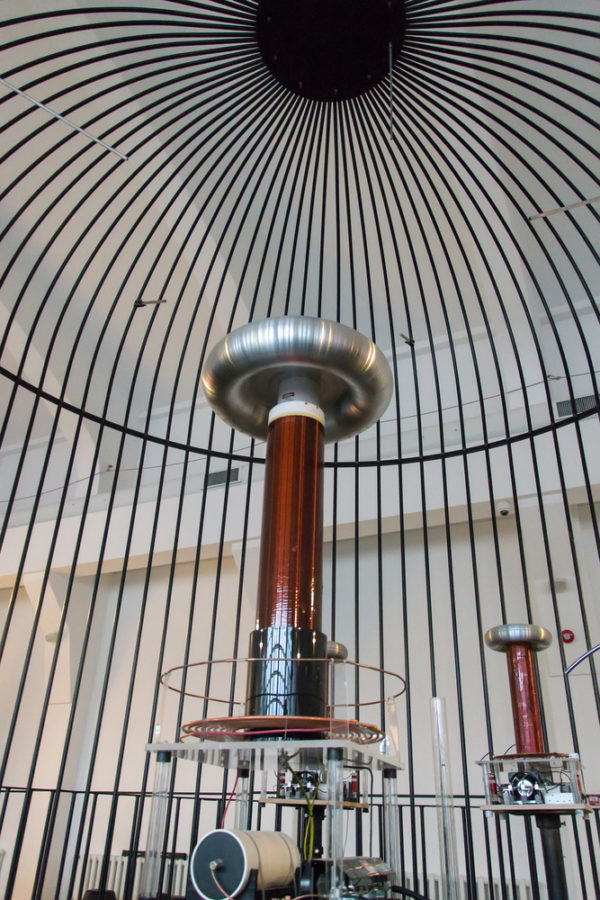Welcome to the latest installment of “Writer Fuel – cool real-world stories that might inspire your little writer heart. Check out our Writer Fuel page on the LimFic blog for more inspiration. Today:
A Faraday cage is a protective enclosure that prevents certain types of electromagnetic radiation from entering or exiting, according to the Florida State University Magnetic Field Laboratory. First invented in the 19th century, the cage has a number of practical uses — and some fun applications, too. We use Faraday cages on a fairly regular basis in places like hospitals and even your kitchen. Some Faraday cages are better than others, but they all follow the same principles. Here’s what a faraday cage is exactly, how it works, and how we use it in everyday life.
A Faraday cage is essentially a container, or a shield, that blocks out electromagnetic radiation from across the electromagnetic spectrum, such as radio waves and microwaves, according to Florida State University.
It works on the principle that when an electromagnetic field hits something that can conduct electricity, the charges remain on the exterior of the conductor rather than traveling inside. In more practical terms, that means that a cage constructed of a material that can conduct electricity will prevent certain electromagnetic radiation from passing through. This applies to both constant, or static, electric fields, and changing, or non-static, electric fields.


